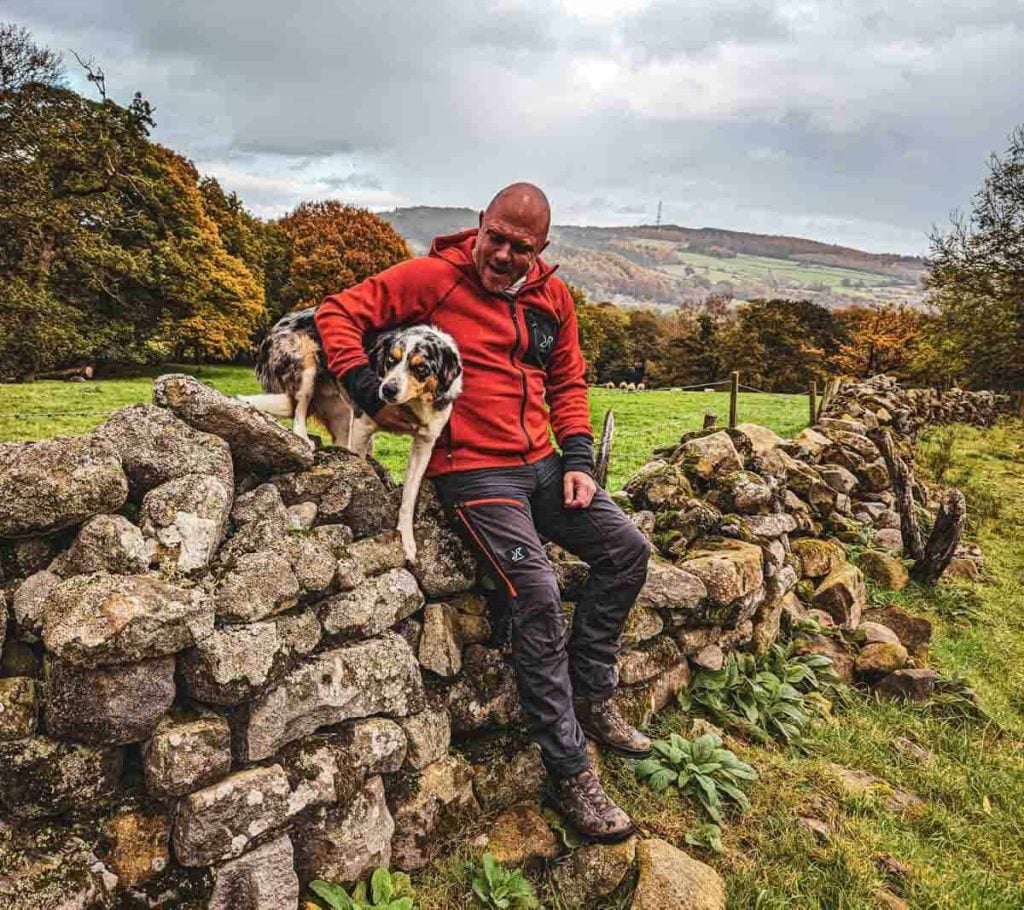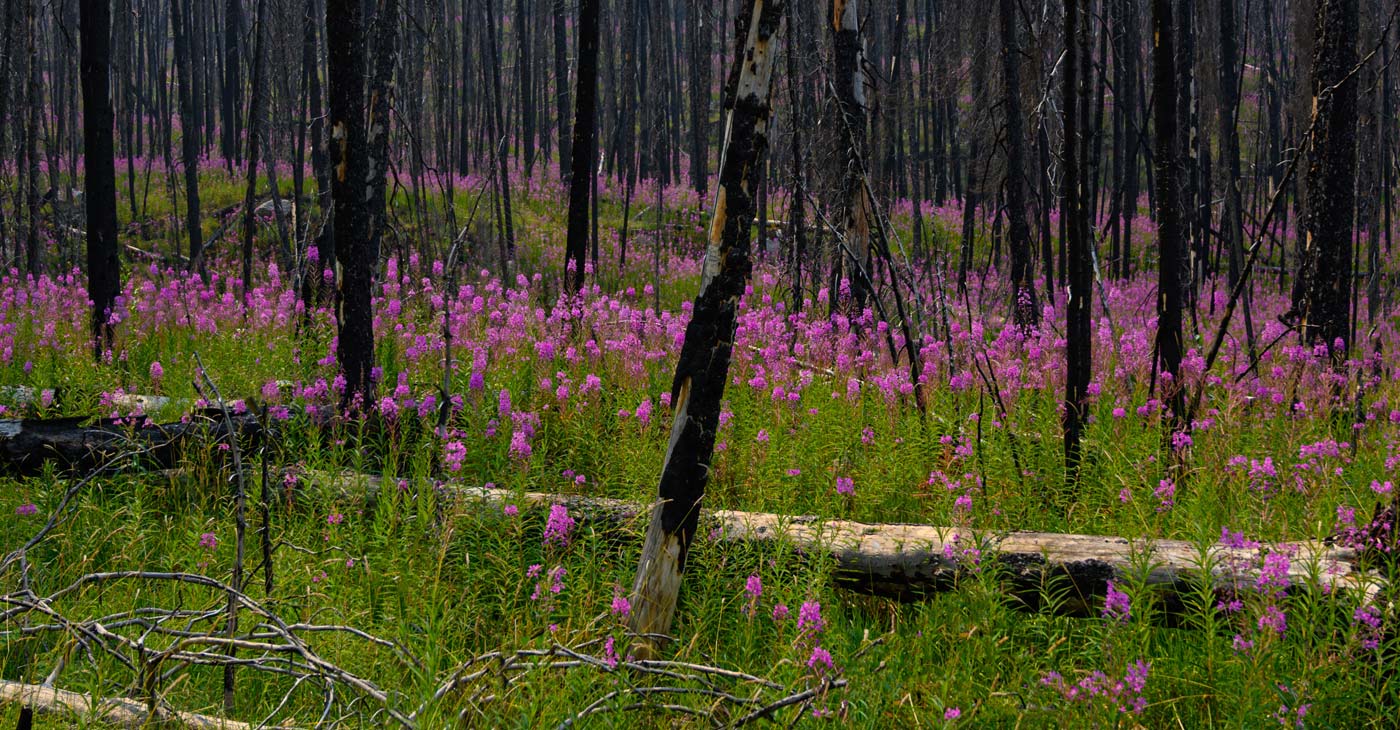So, you’ve got your trusty hiking boots. The next big question is: what should you wear?
In the UK, where a sunny morning can turn into a windy, rain-lashed afternoon in the blink of an eye, the answer isn’t just about a single jacket or pair of trousers. The secret to comfort and safety on the trail is the layering system.
Forget bulky, single-purpose coats. Understanding how to layer your clothing will keep you warm when it’s cold, cool when it’s hot, and—most importantly—dry and safe no matter what the British weather throws at you.
This guide will break down the simple, three-part system that will prepare you for everything from a summer stroll in the South Downs to a challenging winter ascent in the Yorkshire Dales.

Part 1: The Golden Rule – The Hiking Layering System
The layering system is a versatile method of dressing that allows you to adapt to changing conditions by adding or removing clothes. It consists of three distinct layers, each with a specific job.
1. The Base Layer (Wicking)
This is the layer worn next to your skin. Its one and only job is to wick sweat away from your body to keep you dry.
- Why it’s important: If moisture stays on your skin, it will make you feel cold and clammy as soon as you stop moving or the wind picks up.
- Best Materials: Merino Wool (soft, naturally odour-resistant, insulates when wet) and Synthetics like polyester or polypropylene (excellent at wicking, very fast-drying).
- What to Avoid: COTTON! (More on this crucial point later).

2. The Mid Layer (Insulation)
This is your warmth layer. Its job is to trap your body heat and keep you insulated from the cold. The thickness of your mid layer will depend on the season.
- Why it’s important: It provides the bulk of your warmth. Being able to easily take it off and put it in your pack is key to regulating your temperature as you hike.
- Best Materials: Fleece (versatile, breathable, insulates when damp), Down (incredibly warm for its weight, but useless when wet), and Synthetic Insulation like PrimaLoft® (retains warmth when wet, a great all-rounder for damp UK conditions).

3. The Outer Layer / Shell (Protection)
This is your shield against the elements. Its job is to protect you from wind and rain.
- Why it’s important: Wind can strip away your body heat alarmingly fast (wind chill), and getting wet is the quickest route to becoming dangerously cold. A good outer layer keeps your insulating mid layer dry and effective.
- Best Materials: A waterproof and breathable membrane is essential. Look for brand names like Gore-Tex®, eVent™, or a brand’s own proprietary technology (e.g., The North Face’s Futurelight™).
- Hardshell vs. Softshell: A hardshell is a fully waterproof jacket, essential for rainy UK hikes. A softshell is more breathable and water-resistant (not fully waterproof), making it great for dry, windy days. Most UK walkers will need a reliable hardshell.

Part 2: Putting It All Together – Dressing for the UK Seasons
Now you know the layers, how do you combine them for a typical day out in the UK?
Summer Hiking
The goal is sun protection and breathability, but always be prepared for a shower.
- Base Layer: A lightweight merino wool or synthetic t-shirt.
- Mid Layer: You might not wear one, but always pack a light fleece in your rucksack. Temperatures can drop significantly on exposed hilltops.
- Outer Layer: Pack a lightweight, “packable” waterproof hardshell.
- Legwear: Lightweight hiking trousers or shorts.

Spring & Autumn Hiking
These are the trickiest seasons, making the layering system essential. Expect a bit of everything.
- Base Layer: A long-sleeved synthetic or merino wool top.
- Mid Layer: A medium-weight fleece (like a Polartec 100 or 200).
- Outer Layer: A reliable waterproof and windproof hardshell jacket is non-negotiable.
- Legwear: Stretchy, quick-drying hiking trousers. Consider packing waterproof overtrousers.
Winter Hiking
When walking in the winter the goal is to stay warm and dry without overheating and sweating too much on climbs.
- Base Layer: A mid-weight or “thermal” merino wool or synthetic base layer.
- Mid Layer: A thick fleece or a synthetic insulated jacket. You might even layer two mid layers (e.g., a thin fleece under an insulated jacket) for very cold conditions.
- Outer Layer: A robust, durable hardshell jacket that can fit over your other layers.
- Legwear: Fleece-lined softshell trousers or hiking trousers with thermal leggings underneath. Waterproof overtrousers are essential.

Part 3: Beyond the Core Layers – Essential Hiking Clothing
Hiking Trousers
Look for trousers made from stretchy, durable, and quick-drying synthetic materials. Avoid jeans at all costs. Many find “zip-off” trousers that convert into shorts useful for unpredictable weather.
Hiking Socks
Your boots are only as good as your socks. As with your base layer, avoid cotton. Invest in good quality merino wool or synthetic hiking socks. They provide cushioning and wick moisture away to help prevent blisters.

Hats, Gloves & Neck Gaiters
- Hat: A warm beanie or bobble hat is vital for the cold, as you lose a lot of heat through your head. In summer, a wide-brimmed sun hat is crucial for protection.
- Gloves: Essential for keeping hands warm and functional in cold and windy weather. A thin pair of liner gloves and a warmer waterproof pair are a great combination.
- Neck Gaiter (e.g., a Buff): An incredibly versatile tube of fabric that can be a scarf, headband, or hat. Perfect for cutting out drafts.

Part 4: The Biggest Mistake to Avoid – “Cotton Kills”
You’ve seen us mention it a few times, but it’s so important it deserves its own section. The old saying among hikers is “cotton kills,” and it’s not an exaggeration.
Cotton is a fantastic material for everyday life, but it’s dangerous in the outdoors. When cotton gets wet (from rain or sweat), it absorbs a huge amount of water, loses all of its insulating properties, and takes an extremely long time to dry.
This process actively pulls heat away from your body, which can rapidly lead to chilling and, in serious cases, hypothermia.
Leave your cotton t-shirts, hoodies, jeans, and socks at home. Stick to wool or synthetics for every layer.
Conclusion: Be a Master of Your Micro-Climate
By embracing the layering system, you take control. You’re no longer at the mercy of the weather; you’re simply adjusting your personal micro-climate to stay comfortable.
It means carrying a slightly heavier pack, but the safety and comfort it provides are more than worth it.
Now that you know how to dress for the trail, you’re ready to explore the UK’s incredible landscapes in comfort and confidence, whatever the weather.



















 English (US) ·
English (US) ·